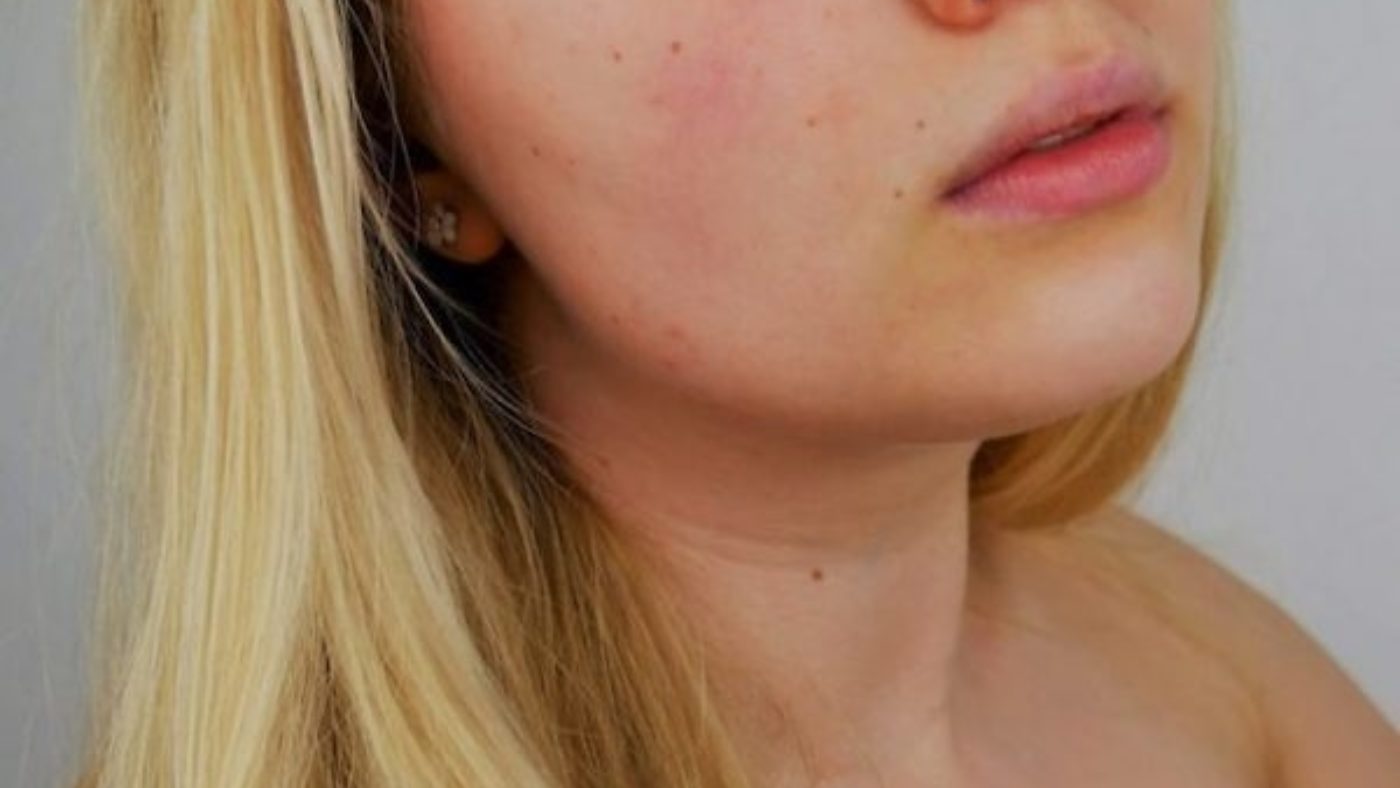In the realm of skincare and dermatology, countless products and treatments promise to address common skin concerns. Among them, DUAC cream stands out as a popular and effective solution for combating acne. Acne, a skin condition that affects millions of individuals worldwide, can lead to physical discomfort and emotional distress. DUAC cream, a prescription medication, has gained recognition for its efficacy in treating acne. This article delves into the details of DUAC cream, including its composition, uses, benefits, application, potential side effects, and precautions.
Composition
DUAC cream is a topical medication that contains two active ingredients: clindamycin and benzoyl peroxide. These ingredients work synergistically to combat the underlying causes of acne. Clindamycin is an antibiotic that helps control bacterial growth on the skin, particularly Propionibacterium acnes, which contributes to the development of acne. Benzoyl peroxide, on the other hand, possesses both antibacterial and keratolytic properties, which means it can help unclog pores by exfoliating dead skin cells and reducing inflammation.
Uses and Benefits
DUAC cream is primarily prescribed for the treatment of mild to moderate acne. It is particularly effective in cases where comedones (blackheads and whiteheads) and inflammatory lesions (papules and pustules) are present. The combination of clindamycin and benzoyl peroxide in DUAC cream targets various aspects of acne development, making it a versatile treatment option.
The benefits of DUAC cream include:
- Bacterial Control: Clindamycin in DUAC cream helps suppress the growth of bacteria on the skin, thereby reducing the infection and inflammation associated with acne.
- Exfoliation: Benzoyl peroxide promotes the shedding of dead skin cells, preventing them from accumulating and clogging pores, which can lead to the formation of pimples.
- Inflammation Reduction: Both active ingredients work together to reduce redness, swelling, and discomfort caused by inflamed acne lesions.
- Prevention of Resistance: The combination of clindamycin and benzoyl peroxide helps minimize the development of antibiotic resistance, a concern associated with using antibiotics alone for prolonged periods.
Application
Using DUAC cream correctly is crucial to achieving optimal results while minimizing potential side effects. Here’s a general guideline for applying DUAC cream:
- Cleanse: Begin by washing your face with a mild cleanser and patting it dry. Make sure your skin is completely dry before applying DUAC cream.
- Apply Thin Layer: Take a small amount of DUAC cream (as prescribed by your dermatologist) and apply a thin layer to the affected areas. Gently massage the cream into the skin until it’s absorbed.
- Frequency: DUAC cream is typically applied once daily, preferably in the evening. Follow your dermatologist’s instructions carefully regarding the frequency and duration of application.
- Avoid Eyes and Lips: Be cautious to avoid contact with the eyes, mouth, and mucous membranes. If accidental contact occurs, rinse thoroughly with water.
- Sun Protection: As benzoyl peroxide can increase sensitivity to sunlight, it’s important to apply sunscreen during the day while using DUAC cream.
Potential Side Effects and Precautions
While DUAC cream is generally well-tolerated, some individuals may experience mild to moderate side effects, including:
- Skin Dryness: Benzoyl peroxide can cause dryness, peeling, and mild irritation. Using a non-comedogenic moisturizer can help alleviate these symptoms.
- Redness and Irritation: Some users may experience temporary redness and irritation, especially during the initial weeks of treatment.
- Allergic Reactions: In rare cases, individuals may develop an allergic reaction characterized by itching, swelling, or rash. If this occurs, discontinue use and consult your dermatologist.
- Avoid Combination with Harsh Products: Avoid using harsh or abrasive skincare products alongside DUAC cream, as they can exacerbate dryness and irritation.
- Pregnancy and Nursing: Pregnant or nursing individuals should consult their healthcare provider before using DUAC cream, as its safety during these periods is not well-established.
- Avoid Excessive Sun Exposure: While using DUAC cream, minimize sun exposure and use sunscreen to prevent sunburn and further skin irritation.
Conclusion
DUAC cream offers a potent combination of clindamycin and benzoyl peroxide to effectively manage mild to moderate acne. By addressing bacterial growth, inflammation, and clogged pores, it provides comprehensive relief from various acne symptoms. When prescribed and used correctly, DUAC cream can be a valuable tool in the journey towards clearer, healthier skin. However, it’s essential to follow your dermatologist’s guidance, take necessary precautions, and be patient as results may take time to become noticeable. If you’re struggling with acne, consult a dermatologist to determine if DUAC cream is the right solution for you.









































